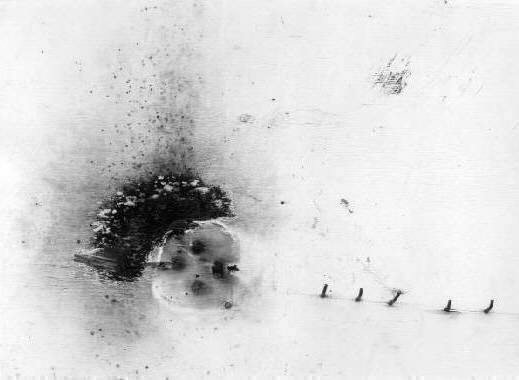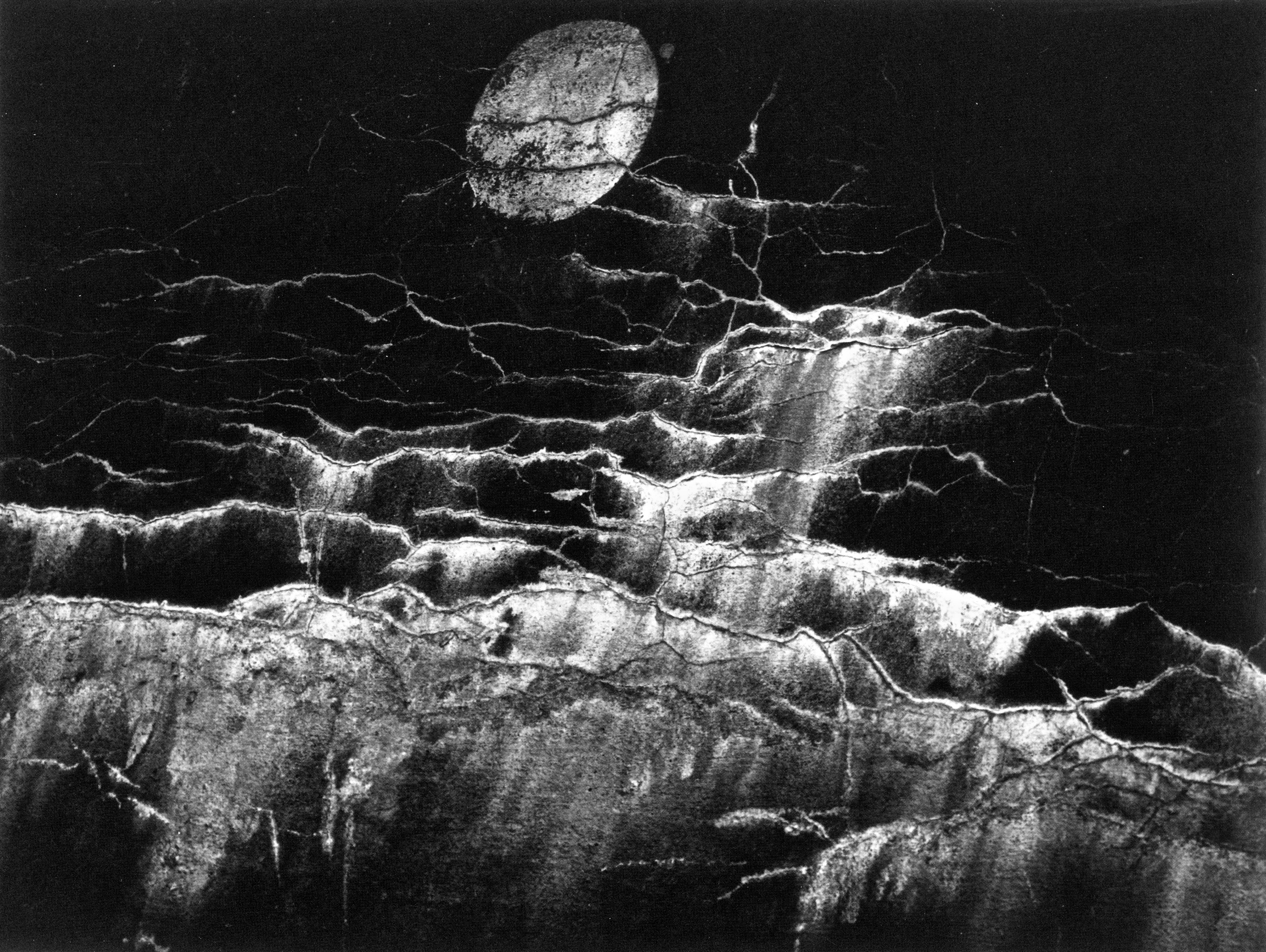At that point, it occurred to me that Aikido exemplifies that redirection of incoming energies, really an excellent visualization of resilience. Some years ago we went to sit as observers at the Santa Cruz Aikido Dojo, where Linda Holiday Sensei is Chief Instructor:
Her Journey to the Heart of Aikido: The Teachings of Motomichi Anno Sensei (2013) was on the shelf, and I got it down and spent a couple of hours visiting within. A few bits I found:
Aikido is not a technique to fight with or defeat an enemy. It is a way to harmonize the world and make humanity one family ... Aikido is not for correcting others; it is for correcting your own mind. (11)To do Aikido, you must harmonize with the movement of the universe, and reach a state of spiritual oneness in which you have no opponents. (13)
...the Aikido principle of agatsu: "victory over oneself". (21)
...the subtle may he blended with the motion of the attack melted the opposition like butter in the sun...(29)
...budo is not felling the opponent by our force; nor is it a tool to lead the world into destruction with arms. True budo is to accept the spirit of the universe, keep the peace of the world, correctly produce, protect, and cultivate all beings in Nature. (62)
LIFE is resilient [has "a positive adaptation despite adversity"], finds ways to endure, whether as individual or as collectivities, like species. Endurance does have limits, and individuals and species certainly do "die out", their constituent molecules returned to the pool upon which new individuals draw...
Can we somehow contrive an ego-less point of view, in which the question "why me?" simply doesn't arise? We in the West are not accustomed to an ego-less point of view: we take and make most things PERSONAL, with ourselves at the center...
Brian wonders "what the tree might say of itself or how it has viewed its own life" which led me to this rumination:
IS a single tree a SELF, or is its existence tied up with others of its kind? Its annual flowering and pollen and annual fruits suggest that its existence is PLURAL —the pollen is of significance ONLY to other Chinese Chestnut trees; its fruits enter the lottery for future generations. An individual specimen in isolation is a MULE, has no offspring or ongoing future unless by vegetative propagation ...but that brought to mind the American Chestnut bushes in our yard in Virginia, growing up each year from the roots of the long-dead tree, but never making another tree...We have the CONVICTION that we as individuals matter in some sense, but the temporal envelope we inhabit is very narrow —around 100 years max, and mostly a lot less than that. We are descendants, carriers-on of genetic information that gets re-assorted if we have progeny. We matter to ourselves, and sometimes to our contemporaries. It is in such subjective valuations that we are easily caught up: the antithesis of "ego-less". And it is in those subjective valuations that individuals "suffer", and consider that adversity happens to us (?Why me? again...).
Brian's "can we create beauty just from looking from a different angle?" reminded me of two books on the shelf, by Leonard Koren: Wabi-Sabi for Artists, Designers, Poets & Philosophers> (1994) and Wabi-Sabi: Further Thoughts (2015).
Wabi-sabi has been in the external lexicon of Japanese aesthetics in English since its 1994 introduction by Leonard Koren. But definitely presaged for me in Minor White's photography, and the pottery of the Hamada lineage.


Some of what I found within the Koren books:
* All things are impermanent * All things are imperfect
* all things are incomplete
* one doesn't make wabi-sabi; it simply occurs
Wabi-sabi is a beauty of things imperfect, impermanent, and incomplete
It is a beauty of things modest and humble
It is a beauty of things unconventional (7)Wabi-sabi is about the minor and the hidden, the tentative and the ephemeral; things so subtle and evanescent they are invisible to vulgar eyes
...to experience wabi-sabi means you have to slow way down, be patient, and look very closely... an aesthetic appreciation of the evanescence of life. (50)...it was never up to the fabricator to decide whether or not the items were truly wabi. This was ultimately determined by the individual beholder. (57)
At the core of both wabi-sabi and Zen is the importance of transcending conventional ways of looking and thinking about things/existence. (76)
Consider the cherry blossoms: the point is less to admire their beauty than to consider ther ephemerality, the brief moment ...A moment before there were no blossoms. A moment hence there will be no blossoms. (84)
(which is an example of rethinking the significance of the present moment —recognizing process instead of adversity)From a wabi-sabi point of view, the redundant, the trivial, and the insignificant are aspects of subtlety. Subtlety includes the extremely precise and delicate, the vague, the amorphous, the ambiguous, and the otherwise difficult to perceive, analyze, or describe... (71)
...a cognitive mode in which you are aware of, and think about, the sensory and emotive qualities of phenomena and things. (75)
...wabi-sabi represents an archetypal analog sensibility... (86) ['digital' can't be wabi-sabi]
...and this just in, awash to the scuppers in relevance: Doc Searls on 'Death is a Feature'